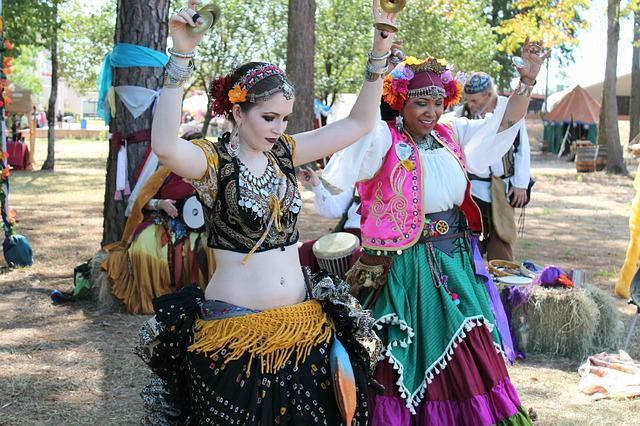
Gypsies have characteristic physical features.
An individual who is part of a community originating from Indian territory is called a gypsy . The notion comes from Egyptian , since it was estimated that these people came from Egypt .
Gypsies maintain traditions , customs and even physical characteristics that are their own. From their native land, the people spread to different nations and today many of their members continue to be nomads .
Origins of the gypsies
The gypsy community, also called Roma , Roma or Rom , has an uncertain origin. Experts warn that this is a group focused mainly on orality , making it difficult to access their own texts about their roots.
Historical studies, then, are produced by those who are not gypsies ( payos , in the words of the Roma). There is, in this way, an ethnocentric vision in much of the research .
Due to the similarities of their language with Hindi and Western Punjabi , it is estimated that Gypsies are native to the Indian subcontinent , more precisely to its northwest region. This implies that its starting point is in lands that today belong to Pakistan and India , something that coincides with the conclusions of genetic analysis.

Dance and music are important in gypsy culture.
From migrations to nomadism
The reasons that led to the expansion of gypsies around the world are not clear. One theory holds that, around the year 1000 , they began their diaspora and left India for places like Turkey , Armenia and Iran . This migration could be associated with the fact that they were recruited to fight the Muslims or even that the Muslims managed to conquer them and then relocated them.
Already in the 15th century , possibly due to war conflicts between Turks, Tatars and Byzantines, they undertook another great migration . In this way they arrived on the European continent and continued their expansion , reaching America even through the expeditions led by Christopher Columbus .
It is important to indicate that the gypsies were victims of persecution and punishment. The negative view that weighs on them even remains, to a large extent, these days. Although currently they have mostly adopted a sedentary lifestyle, a tendency toward nomadism can still be noted, which complicates the strengthening of relationships with other peoples and cultures .
Gypsies and their identity
Gypsies have a very strong identity linked to community life and a particular family structure. They preserve their own language and give a lot of relevance to dance and musical expressions.
It is common for gypsy families to have a large number of members. Weddings are agreed between clans and require the so-called handkerchief test , which is used to prove a woman 's virginity.
It should be clarified, however, that there are differences between the various groups of gypsies. Thus there are several dialects of Romani, for example .
The Romani language
Romani is considered to belong to the group of Indo-European languages. It would have emerged about 1,000 years ago on the Asian continent.
There are numerous varieties according to the region. At a general level, the language spoken by gypsies comes from Sanskrit . Nowadays, meanwhile, the influence of other languages is recorded.
